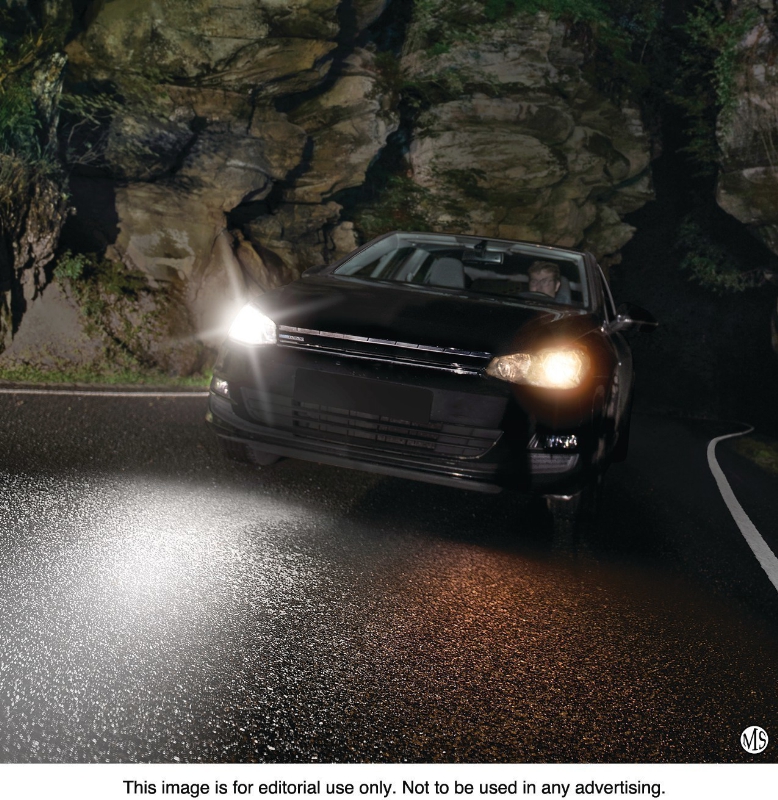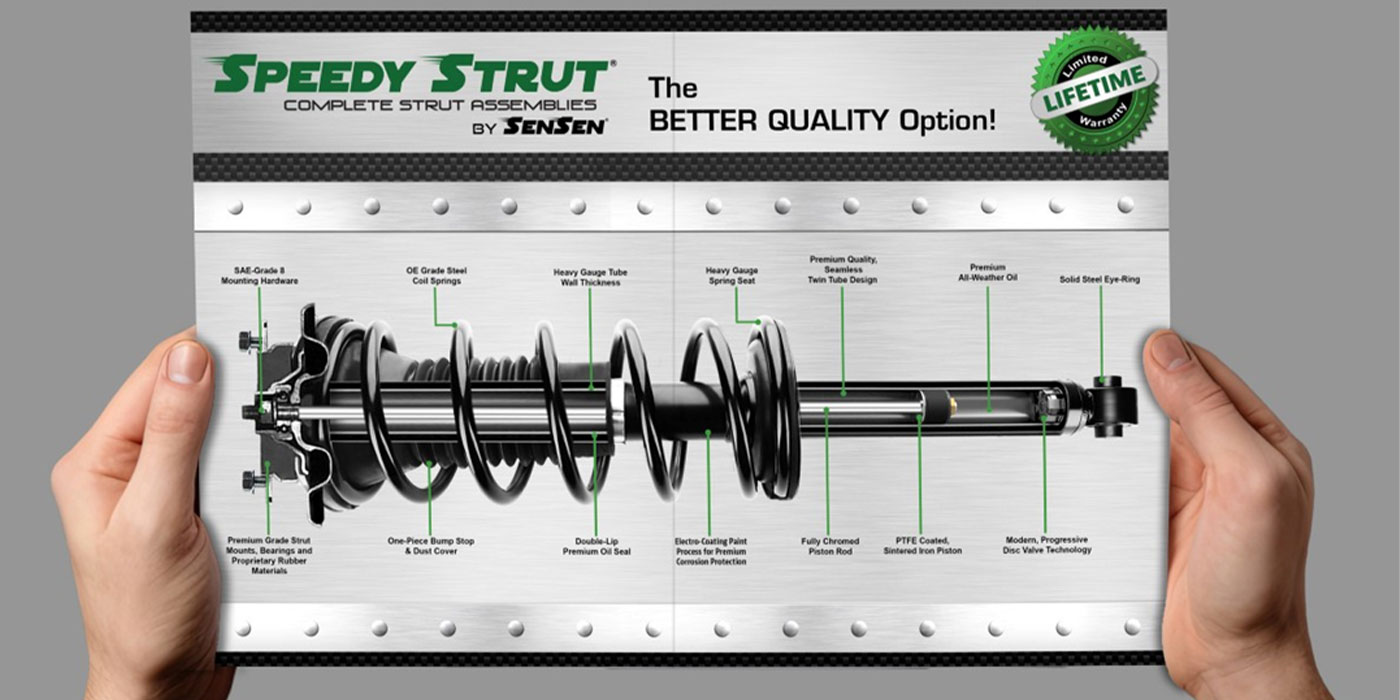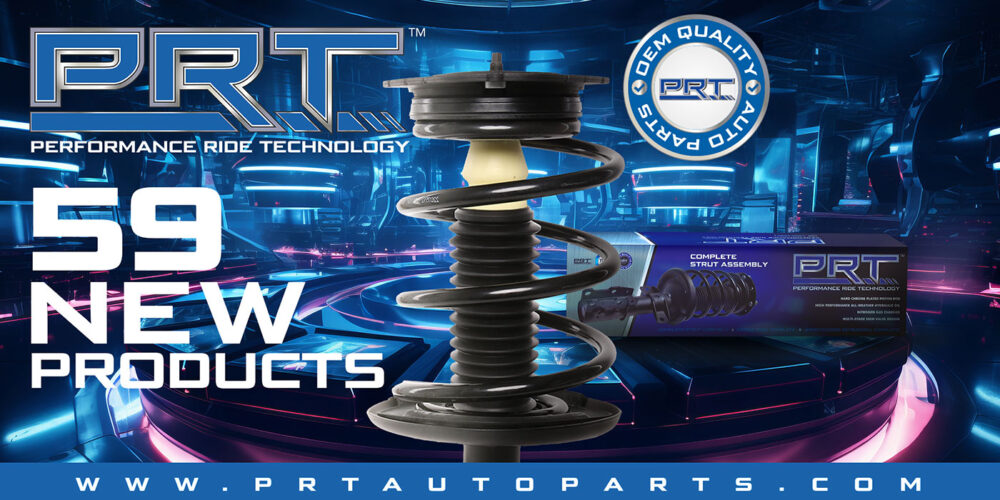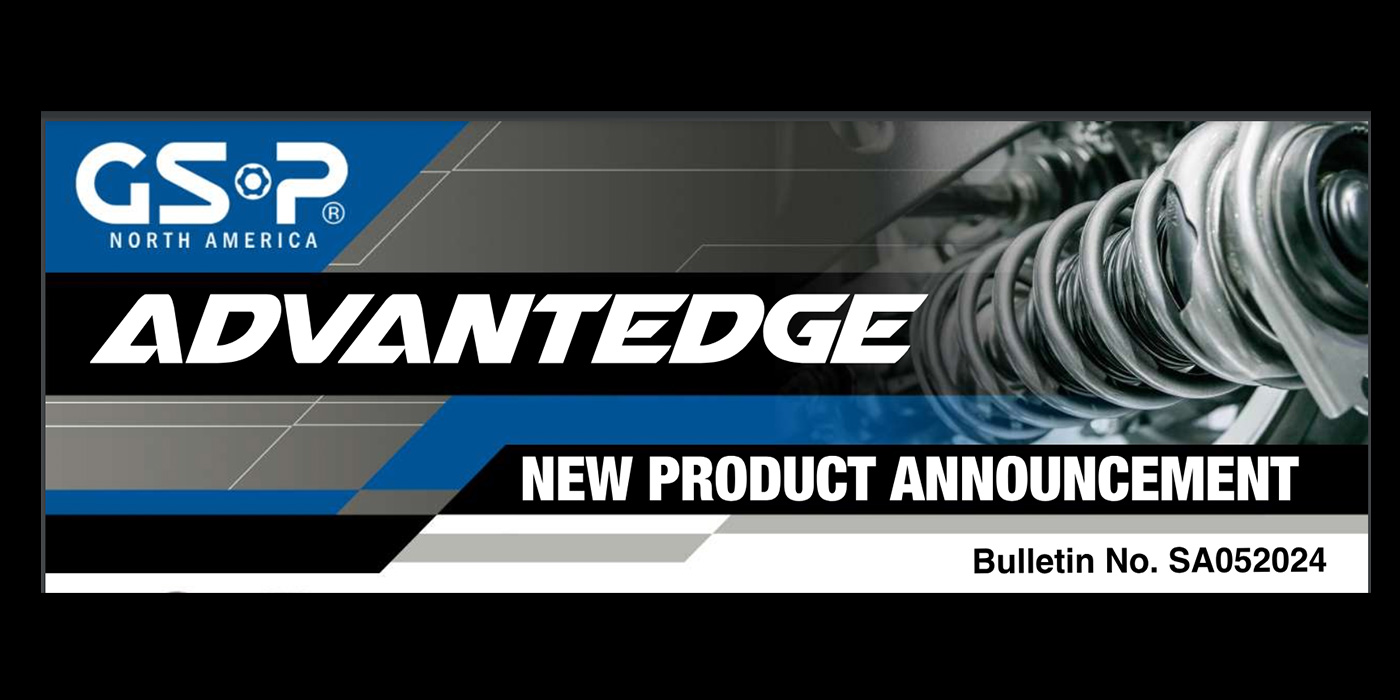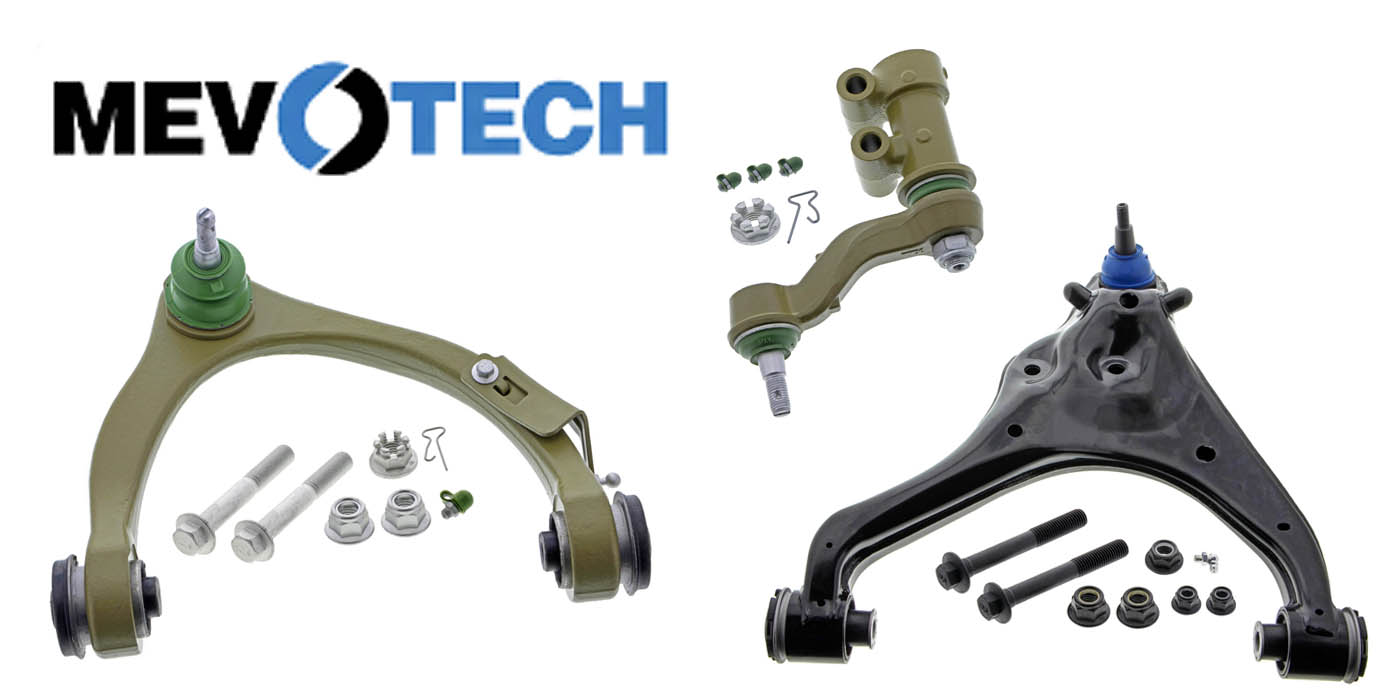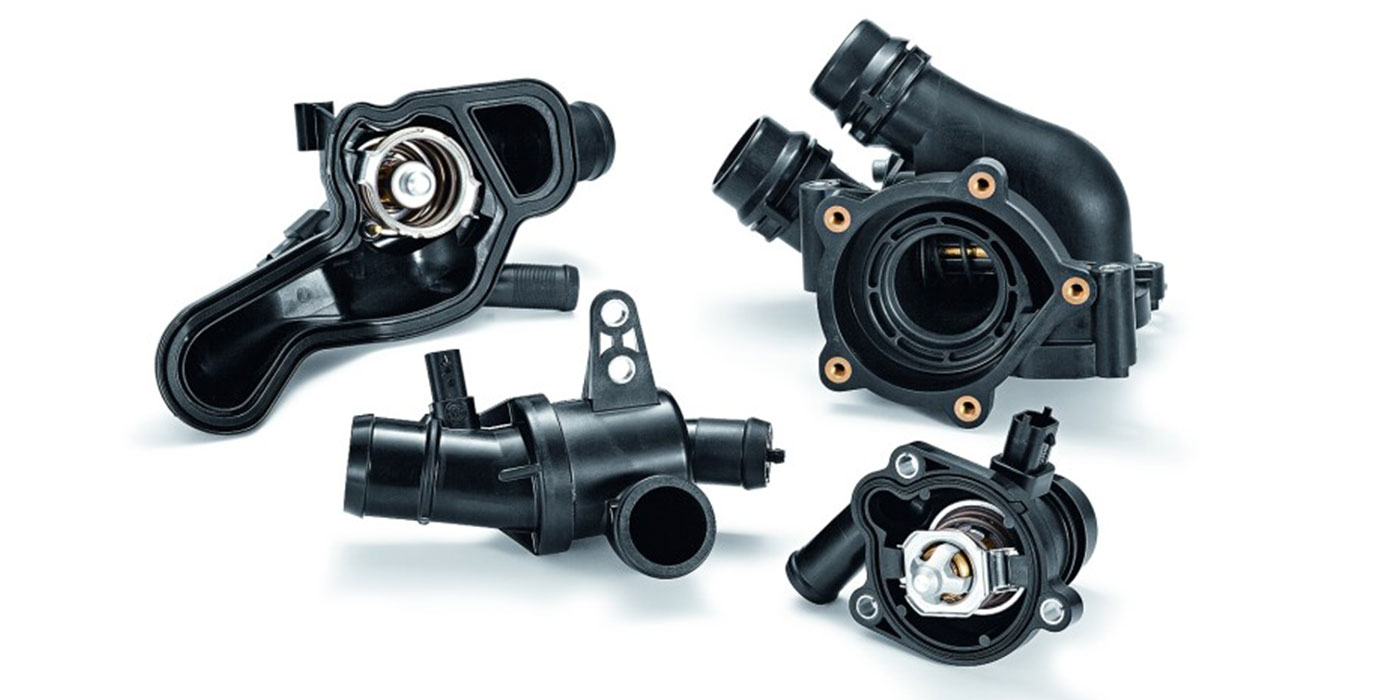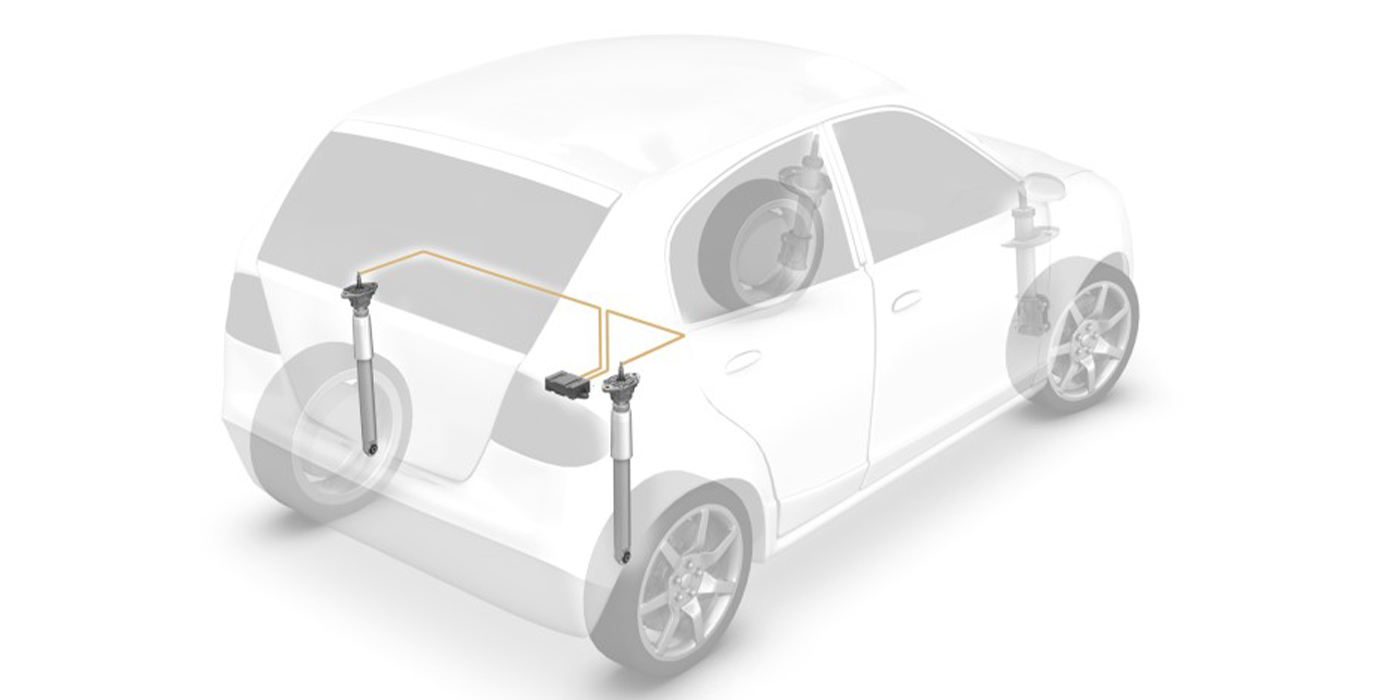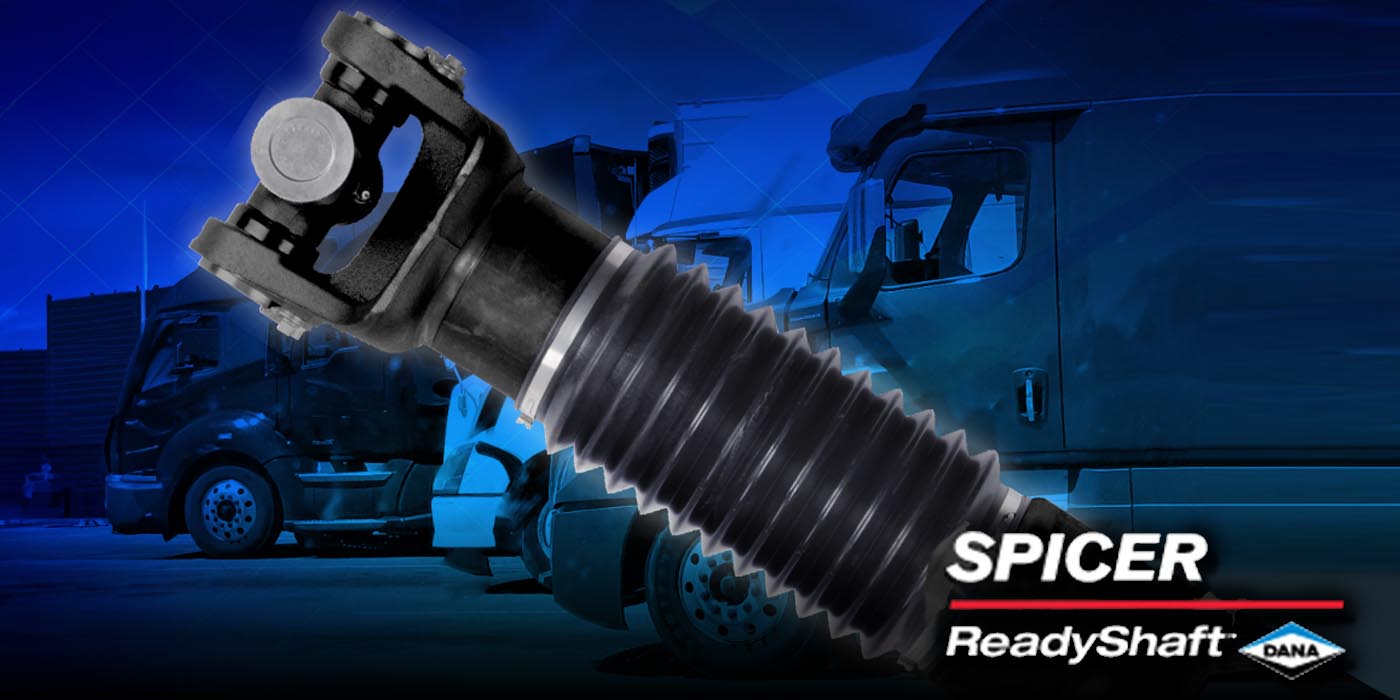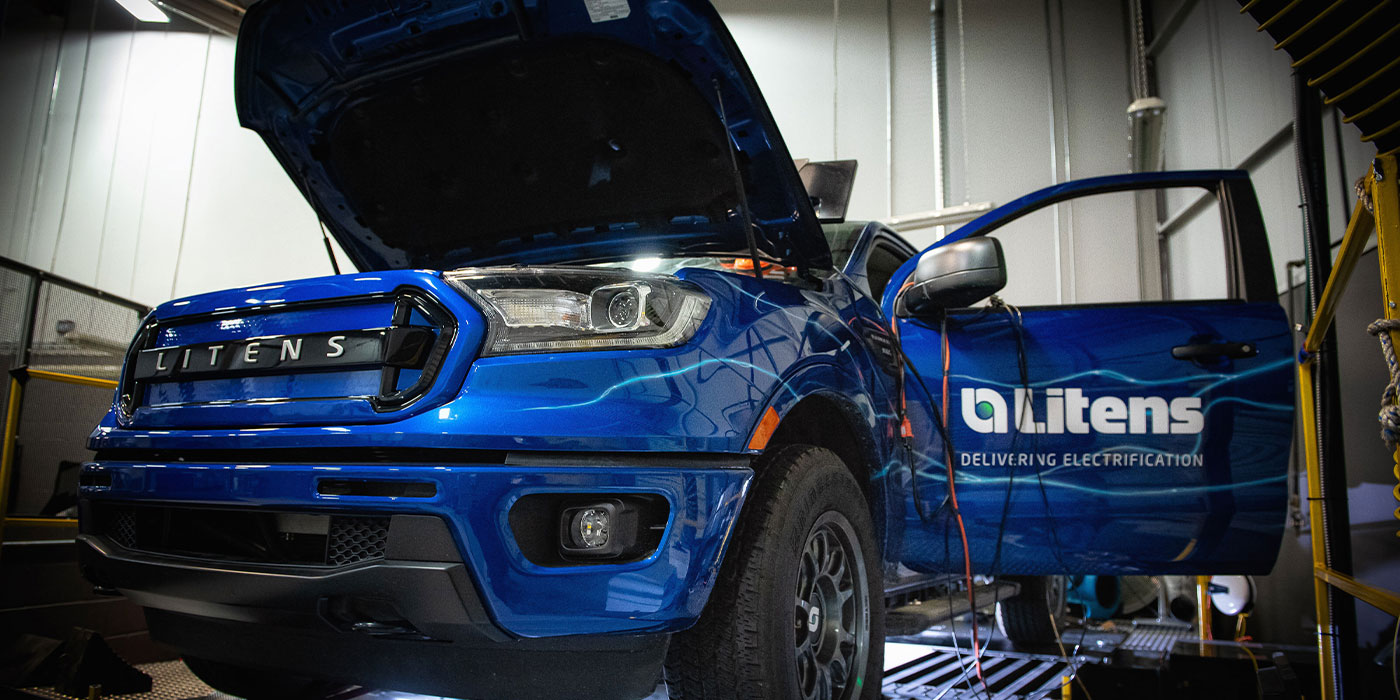When it comes to vehicle maintenance, the rule of two has long reigned among professional automotive technicians and driving safety advocates. In accordance to this rule, drivers replacing important parts in their cars and trucks, such as tires, brakes, shocks and wiper blades, should always do so in pairs.
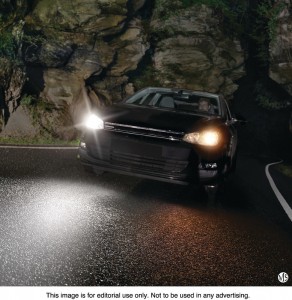 Replacing parts in pairs can ensure vehicles are properly balanced and functioning safely. Vehicle lighting plays an integral role in keeping drivers and their passengers safe, and motorists should exercise the same caution regarding their vehicles’ headlights, taillights and turn signals that they do when maintaining the rest of their cars and trucks.
Replacing parts in pairs can ensure vehicles are properly balanced and functioning safely. Vehicle lighting plays an integral role in keeping drivers and their passengers safe, and motorists should exercise the same caution regarding their vehicles’ headlights, taillights and turn signals that they do when maintaining the rest of their cars and trucks.
According to Philips Automotive, changing headlight bulbs in pairs assures that the road ahead will be properly illuminated and that drivers will get the full safety benefit of the vehicle’s headlights, just as the carmaker intended.
Why replace aging headlight bulbs?
Few drivers include headlight bulb replacement in their vehicle maintenance routines. But old headlight bulbs can drastically compromise visibility at night, when drivers’ visual acuity is naturally reduced by as much as 70 percent. Headlight bulbs begin to project significantly less light within two to three years of their initial usage, according to Philips, producing dimmer light outputs that compromise the safety of drivers and their passengers. For example, new headlight bulbs capable of projecting 240-foot beams in front of a vehicle may see that projection dwindle to just 160 feet within two to three years.
Why replace bulbs two at a time?
In an effort to promote the importance of changing headlight bulbs two at a time, Philips has developed the “Change In Pairs” safety campaign, which aims to educate motorists about the dangers of dimming lights while promoting the many reasons that changing bulbs in pairs makes the road safer for all travelers. To support this safety initiative, Philips also packages its upgrade headlight bulbs in pairs.
Maintaining a consistent light output in both headlights makes the road safer for drivers, their passengers and oncoming motorists, Philips says. When only one bulb is replaced, the resulting light output can be both unbalanced and unpredictable, providing inadequate lighting that can compromise driver visibility. In addition, oncoming motorists may experience difficulty seeing vehicles with just one headlight operating at full capacity, warns the lighting manufacturer.
How else can drivers improve visibility?
Drivers can take the following proactive measures to reduce the likelihood that their vision will be compromised while on the road.
- Replace worn out wiper blades. Wiper blades need to be changed each season or in three-month intervals. Rubber wiper blades can grow brittle rather quickly, potentially compromising driver visibility at times when they need their vision to be as strong as possible.
- Clean interior glass and mirrors. Over time, interior glass can develop a film-like buildup that reduces vision and creates hazy reflections from the sun. Periodically clean interior glass and mirrors to prevent this film from compromising your vision.
- Don’t hang accessories in your vehicle. Fuzzy dice, photos and other items hung on rearview mirrors can prove distracting and block you from seeing the road.
Learn more about the “Change In Pairs” campaign by visiting philips.com/automotive.

